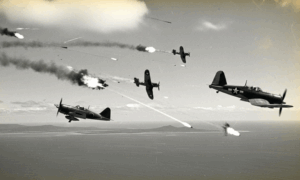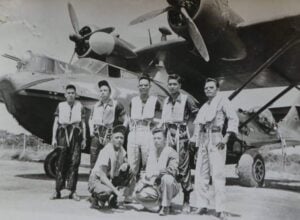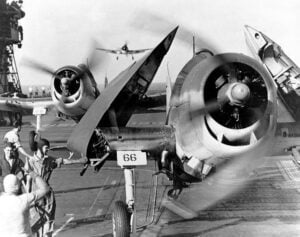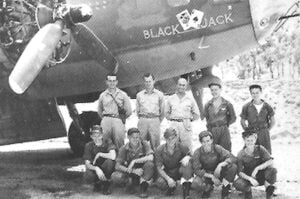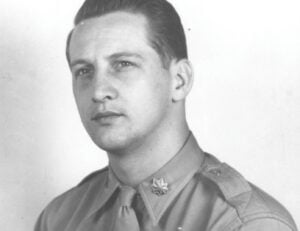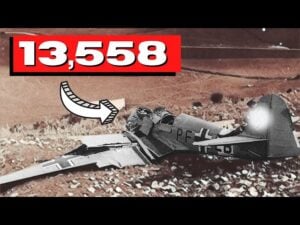How Spitfires Saved the Battle of Britain
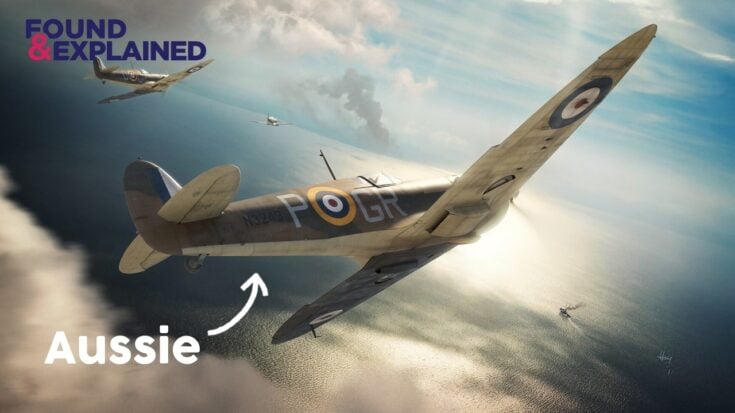
YouTube / Found And Explained
A Nation on Fire
August 1940 — the skies over Britain burned. The Luftwaffe’s bombers came in endless waves, black crosses cutting through cloud and smoke. Below them, a handful of Royal Air Force pilots scrambled to intercept. Among them was Pat Hughes, a 22-year-old Australian farm boy who had volunteered to fight for a country half a world away. Climbing into his Supermarine Spitfire, Hughes launched toward the enemy with no hesitation — and a destiny written in the clouds.
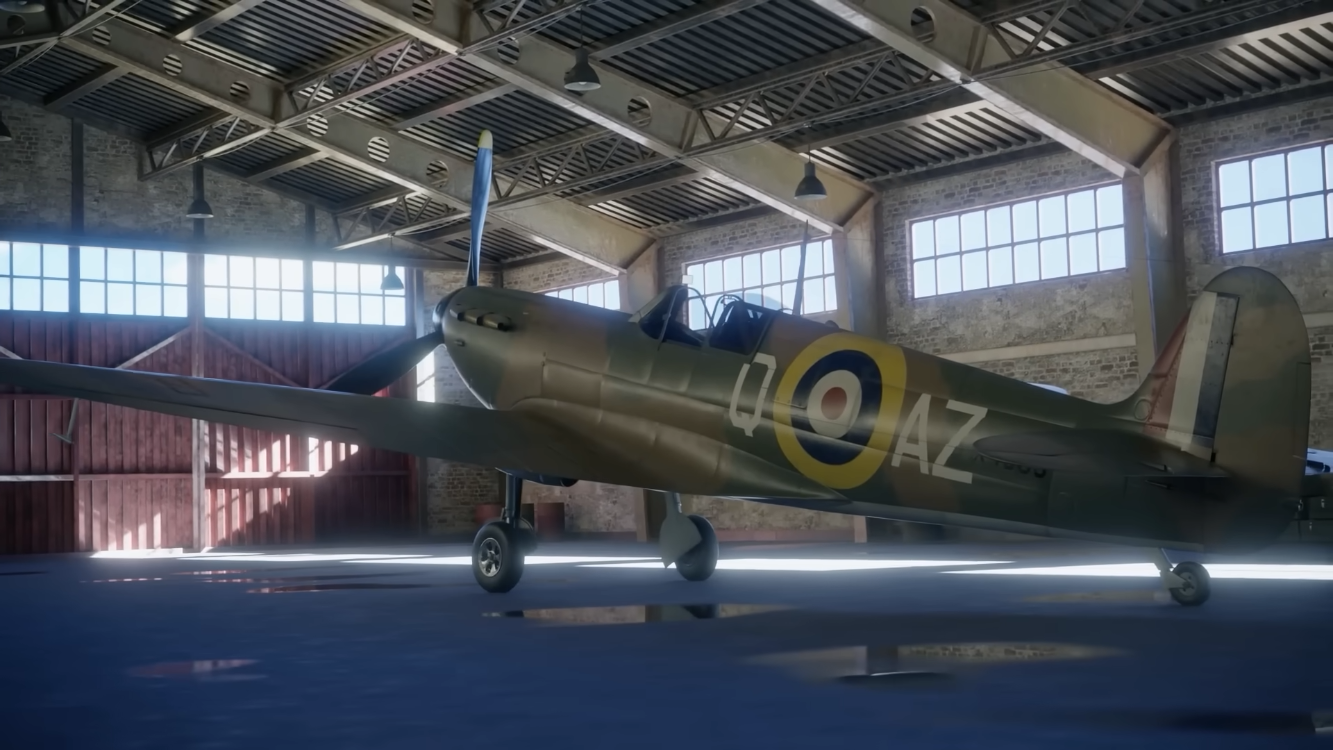
Building the Perfect Fighter
Just a few years earlier, Britain’s air strategy had been dangerously outdated. The belief that “the bomber will always get through” left the nation vulnerable. But one man, R.J. Mitchell, refused to accept defeat. The designer behind Supermarine’s racing seaplanes, Mitchell envisioned a sleek, all-metal monoplane unlike anything else in the RAF. His creation — the Spitfire — combined elegant elliptical wings, a powerful Rolls-Royce Merlin engine, and eight Browning machine guns into a fighter that would change the course of history.
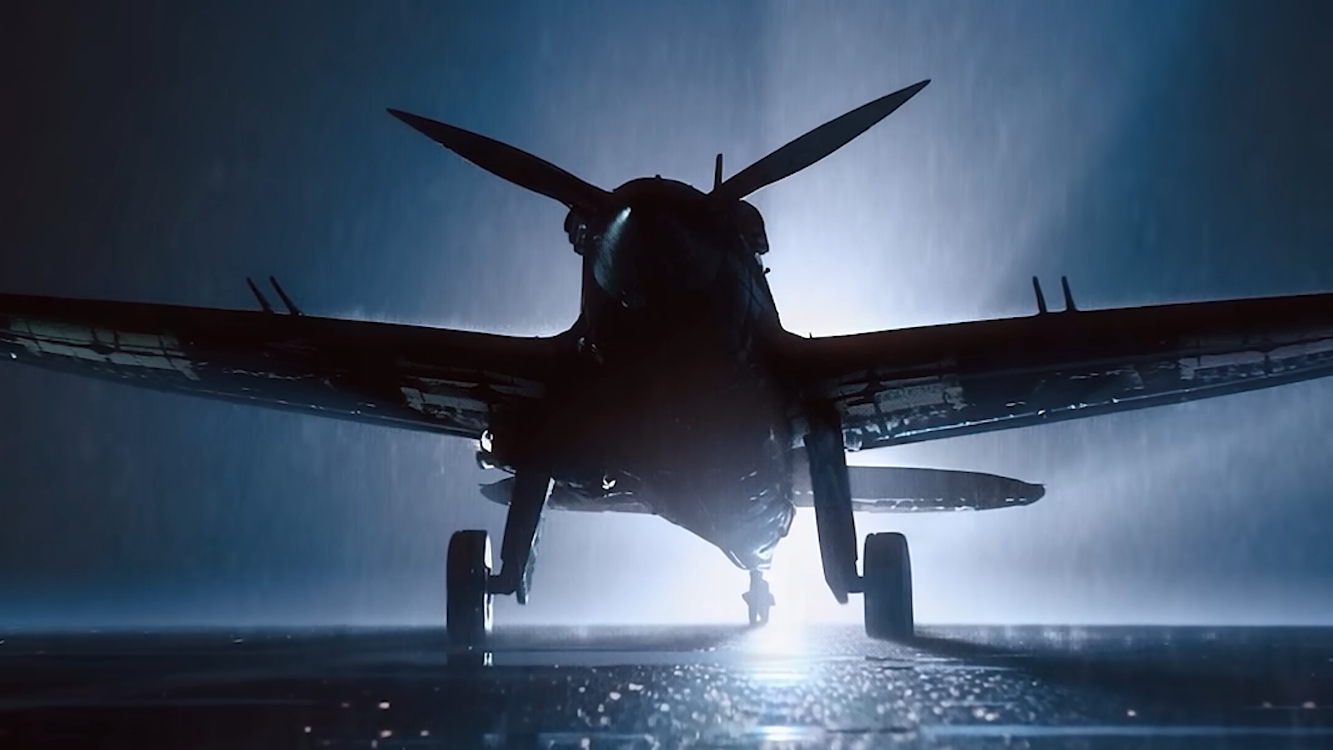
When test pilot “Mutt” Summers took the prototype aloft in 1936, he landed and simply said, “Don’t touch anything.” The Spitfire was perfect.
Into the Storm
By mid-1940, the Luftwaffe was hammering Britain’s airfields and cities. Hurricanes took on the bombers, while the faster, more agile Spitfires hunted their German escorts — the Messerschmitt Bf 109s. In evenly matched dogfights, the Spitfire’s tighter turning radius and blistering climb rate gave RAF pilots a fighting chance. Even the German ace Adolf Galland admitted he wished for a squadron of Spitfires.
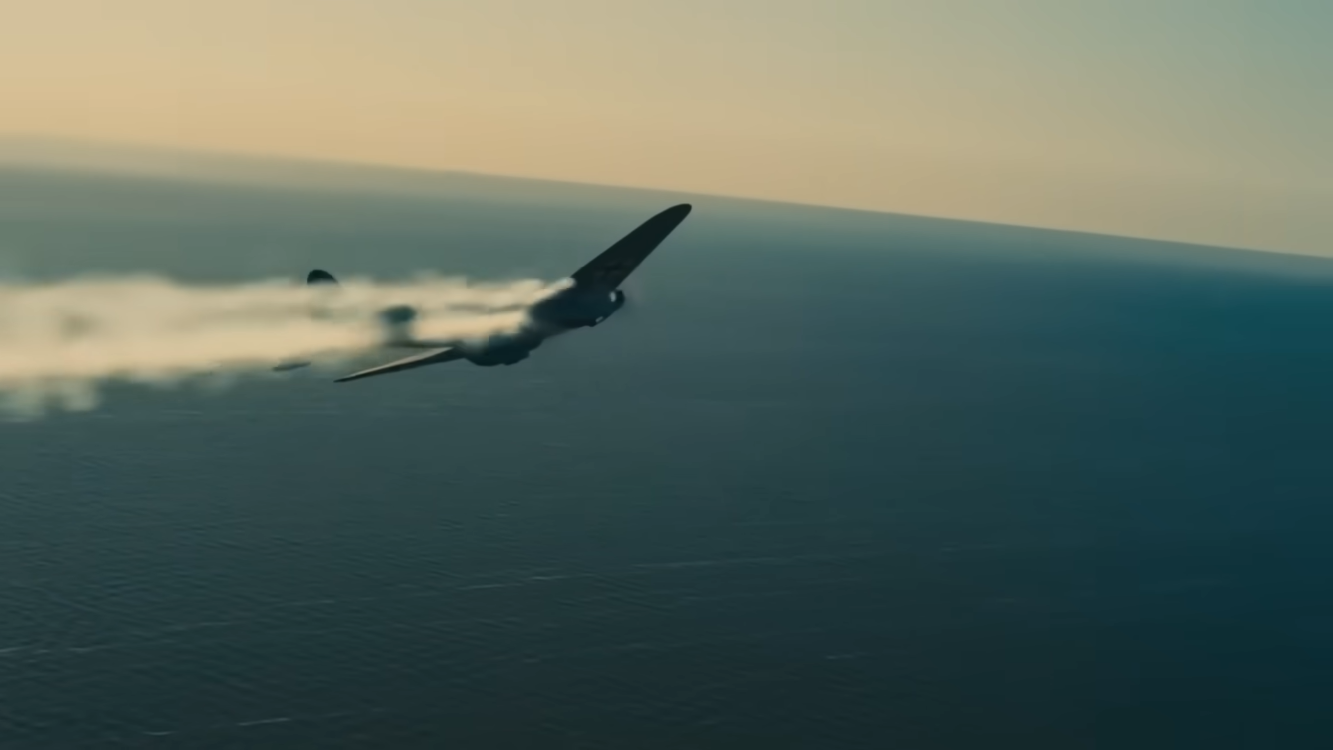
The Aussie Ace
Pat Hughes quickly rose to prominence flying with No. 234 Squadron. In the span of a few weeks, he downed 14 enemy aircraft and shared in three more victories — all achieved at dangerously close range, sometimes firing from just 30 yards. His aggressive tactics made him both feared and admired.
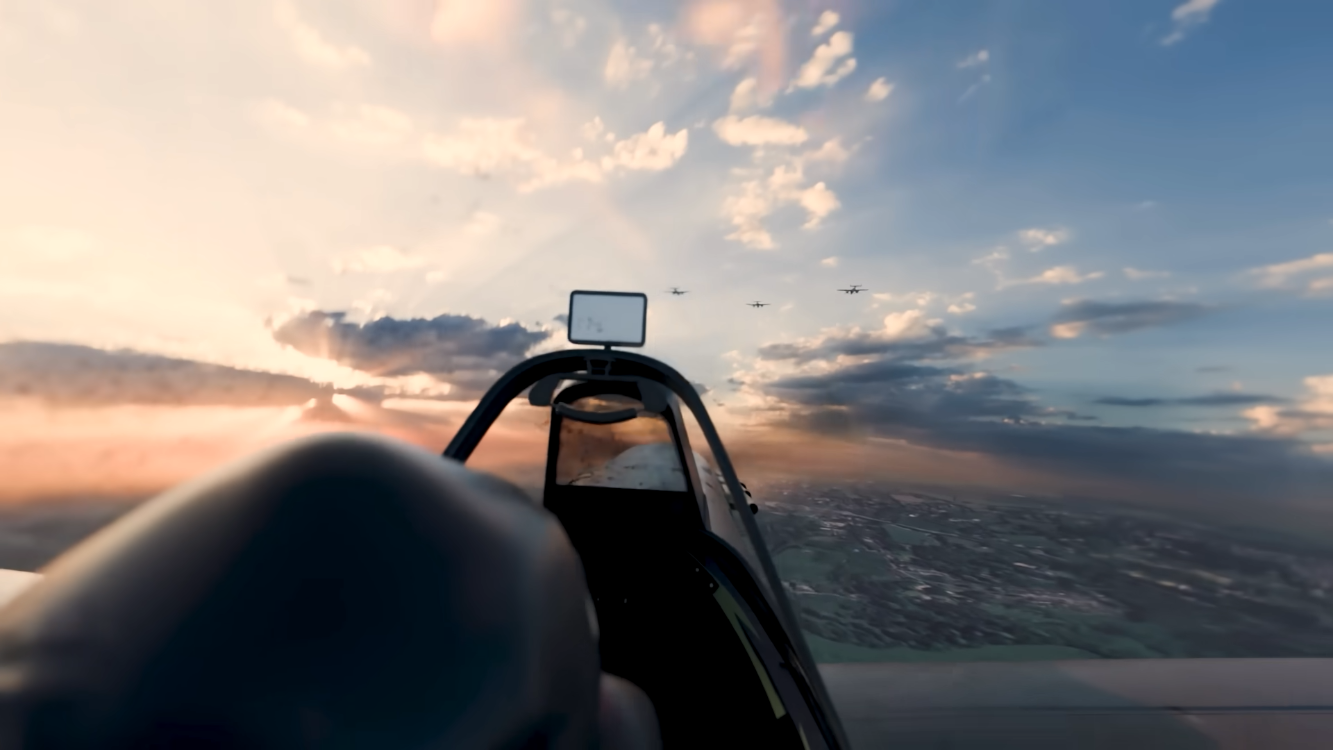
On September 7, 1940, during a desperate defense over London, Hughes attacked a Dornier Do 17 bomber at point-blank range. Whether struck by debris or sacrificing himself to finish the kill, his Spitfire crashed into a quiet English garden. He was only 12 days shy of his 23rd birthday.
Victory and Legacy
By October, Britain had held the line. Operation Sea Lion — Hitler’s planned invasion — was abandoned. The Spitfire became a symbol of defiance, beauty, and national survival. More than 20,000 were built before war’s end, each a testament to the genius of Mitchell and the bravery of men like Pat Hughes.
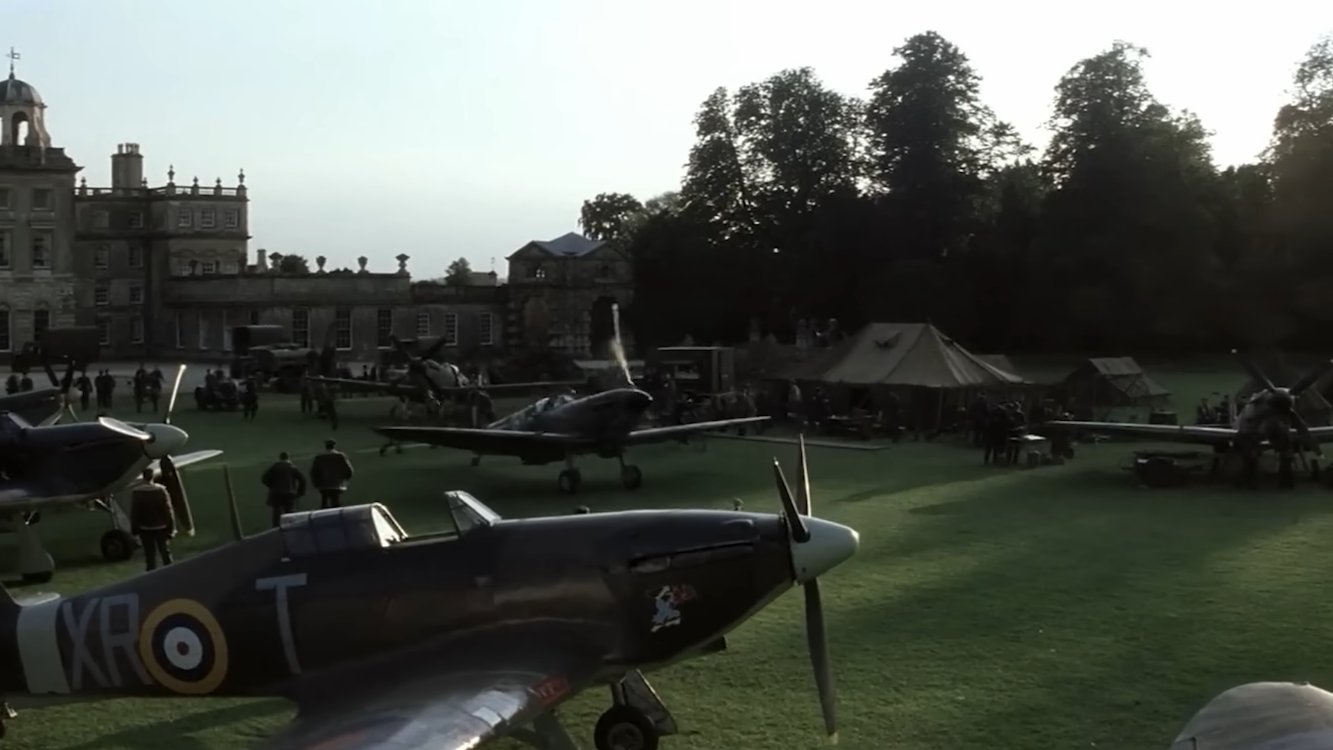
He never lived to see victory, but every Spitfire that took to the air carried his legacy — and the spirit of the few who saved Britain from the brink.













